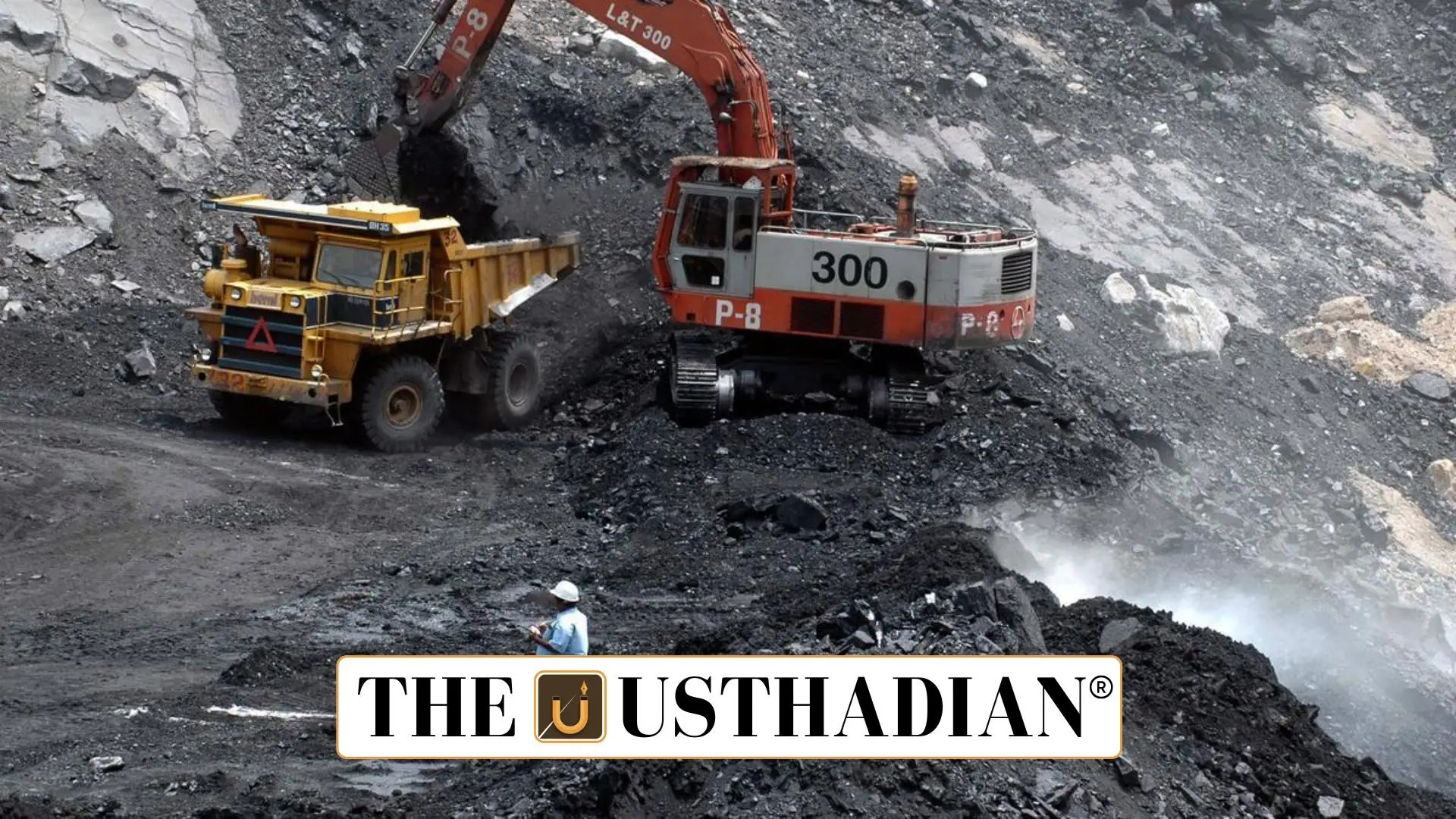New Legislation to Regulate Mineral Land Use
Tamil Nadu Introduces Mineral Bearing Land Tax Act to Boost State Revenue: The Government of Tamil Nadu has enacted a major fiscal reform through the introduction of the Tamil Nadu Mineral Bearing Land Tax Act, 2024. This new law aims to regulate the taxation of land used for extracting minerals and is expected to significantly boost state revenue. As per the government’s projections, the Act could bring in an additional ₹2,400 crore annually, marking a strategic move to tap into the state’s natural resource wealth more effectively.
Tax Structure and Coverage
Under the newly enacted legislation, a tax is imposed on lands bearing 32 identified minerals. These include both major and minor minerals, and the responsibility for payment falls on leaseholders operating in such zones. Starting April 4, leaseholders must begin tax payments in line with the new rates outlined in the Rules. This ensures that industries involved in mining and resource extraction contribute fairly to the state’s economy.
Rate Variations Based on Mineral Type
The rates under the new Act vary widely depending on the type and value of the mineral extracted. At the higher end, Sillimanite — a rare and valuable mineral used in refractory ceramics — has been taxed at ₹7,000 per tonne, making it the highest among all 32 minerals listed. On the other end, clay minerals, often used for bricks and tiles, attract a lower tax of ₹40 per tonne. This rate differentiation ensures equity while maintaining a balance between economic growth and resource conservation.
Aimed at Revenue and Regulatory Discipline
This move not only targets increased revenue generation but also introduces a formal framework for monitoring mineral leaseholders. Previously, much of the taxation in this sector depended on royalty or lease payments without a dedicated tax on mineral-bearing land. The new Act adds a legal layer of accountability and revenue visibility. The Tamil Nadu government sees this as a step toward creating a sustainable mining ecosystem while funding welfare and infrastructure initiatives.
Static GK Insight
Tamil Nadu is rich in minerals like limestone, granite, garnet, graphite, and clay. It is one of India’s leading producers of minerals used in cement and ceramics. With this Act, the state aligns itself with national mineral policy reforms that emphasize resource efficiency and environmental sustainability.
STATIC GK SNAPSHOT
Tamil Nadu Introduces Mineral Bearing Land Tax Act to Boost State Revenue:
| Aspect | Details |
| Name of Act | Tamil Nadu Mineral Bearing Land Tax Act, 2024 |
| Effective From | April 4, 2024 |
| Expected Annual Revenue | ₹2,400 crore |
| Highest Tax Rate | ₹7,000 per tonne (Sillimanite) |
| Lowest Tax Rate | ₹40 per tonne (Clay minerals) |
| Applicable To | Leaseholders of major and minor minerals |
| Total Number of Minerals Covered | 32 minerals |
| Tamil Nadu’s Mineral Wealth | Limestone, Granite, Clay, Graphite, Garnet |








